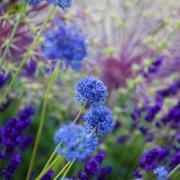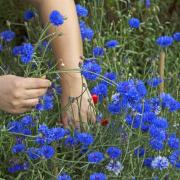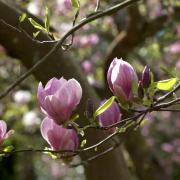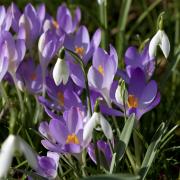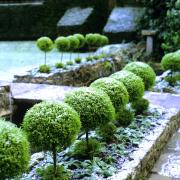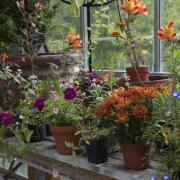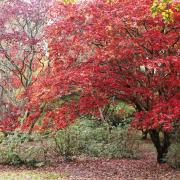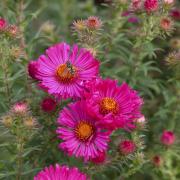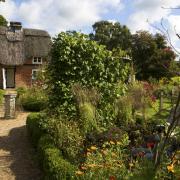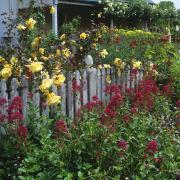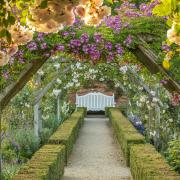With the team at Sir Harold Hillier Gardens
Do you have an acid soil?The one thing that determines the type of plants, flowers and trees that we can grow in our gardens, is the soil ph. Depending on the acidity or alkalinity of your soil, will make your choices varied or limited.Although there are many wonderful plants that grow very well in alkaline soils, in fact some plants thrive in it, there does still seem like an awful lot of glorious flowering trees and shrub in particular, that rely on acid soils.The three biggies of the ericaceous (acid soil type) world are Rhododendrons, Camellias and Pieris. Attempt to grow any of these in alkaline soils and you will soon experience a yellowing of the leaves known as chlorosis. They may get by for several years until eventually giving up the ghost. Ericaceous composts are available in garden centres and although adding it to your garden will only give a very temporary fix, you can use it mixed with a little leaf mould and some grit to cultivate acid loving plant in pots. Many Rhododendrons, Camellias and Pieris grow very successfully in containers. There are many stunning ericaceous plants to grow for the plant lover. The Japanese woodland shrub Enkianthus perulatus is related to Heathers, but the only similarity is in the flowers. Small white bell-like flowers are produced in late spring or early summer. Kalmia latifolia and its cultivars, can be grown for their very attractive white or pink, round flowers.Ericaceous plants can add vibrancy, colour and structure to a garden and with ‘Pot Culture’ as an option, anyone can have a fabulous display to wow the neighbours. Barry Clarke, Acting Deputy Head Gardener
Jobs for May�—‹ Clematis require regular tying in to their support as they actively spring into growth. Grow them against wall trellis. �—‹ Subject to locality and towards the end of May pot up containers with annual bedding.�—‹ During the second half of May reduce vigorous perennials by a third. Plants will flower a little later but will be less tall and may require less staking. �—‹ Stake Asters by using fruit netting stretched between four stout stakes as a double layer. The netting has 10cm open squares which allows the plants to grow through.David Jewell, Head of Collections
Colourful combinationsBright slashes of summer colour aren’t far away so why not make the most of the fresh, clean, spring feel of white in the garden. Magnolia sieboldii is a later flowering species that is in full swing by early summer with the most glorious open, white flowers with a red inner band of stamen. Keeping white as a theme, Exochorda x macrantha ‘The Bride’ makes a real statement, a fountain of large, open blooms over a long period. As an elegant ground cover nothing is quite as lovely in the shade of large shrubs or trees than the Dogtooth Violet. The delicate white flowers of Erythronium ‘White Beauty’ are superb.Barry Clarke, Acting Deputy Head Gardener



